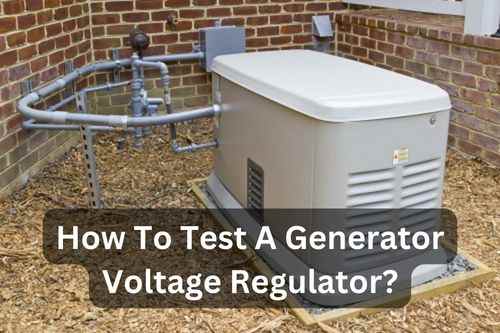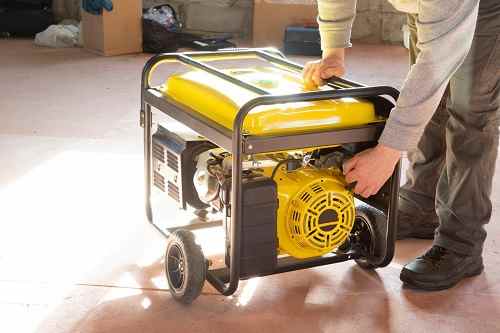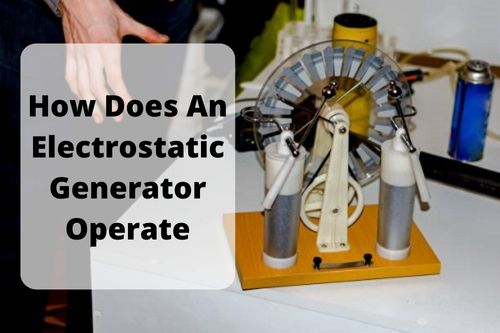
A generator voltage regulator is an important part of a generator system. They maintain the generator’s voltage at a set level, under all conditions. This is important for the safe and proper operation of a generator. Today we will cover up How To Test A Generator Voltage Regulator.
If the voltage regulator fails, it can cause damage to the generator and/or create unsafe operating conditions. So, it’s important to test the voltage regulator regularly to ensure that it is functioning properly.
You might be thinking of how to test a generator voltage regulator? Here are some tips on how to do that.
How To Test A Generator Voltage Regulator?
There are two main ways to test a generator voltage regulator. The first is with a voltmeter, and the second is with a Load Tester.
1) Using A Voltmeter:
To test the voltage regulator with a voltmeter, you’ll need to connect the voltmeter to the generator’s output terminals. Then, start the generator and let it run for a few minutes. After that, check the voltmeter reading. It should be within the specified range for your generator. If it’s not, then there’s a problem with the voltage regulator and it needs to be replaced.

2) Using A Load Tester:
A load tester is a more accurate way to test a generator voltage regulator. To use one, you’ll need to connect it to the generator’s output terminals. Then, start the generator and let it run for a few minutes. After that, check the load tester reading. It should be within the specified range for your generator. If it’s not, then there’s a problem with the voltage regulator and you need to replace it.
Hopefully, these tips on how to test a generator voltage regulator were helpful. If you have any questions or need help troubleshooting, feel free to contact us. We’re always happy to help!
Steps on How To Test A Generator Voltage Regulator
Turn off All Appliances and Lights in the House
Turn off the main breaker in your home’s electrical panel to disconnect power to the house.
Locate Your Generator’s Voltage Regulator
The voltage regulator is usually located near the generator’s engine. On some models, it may be mounted on the side of the generator’s frame.
Set Your Voltmeter to DC Voltage
Set your voltmeter to the DC voltage setting. If your voltmeter does not have a separate DC voltage setting, set it to the highest AC voltage setting.
Connect the Volt Meter Leads to the Proper Terminals on the Voltage Regulator
There are usually four terminals on the voltage regulator. Two are marked “BAT” for battery, and the other two are marked “GEN” for generator. The voltmeter’s black lead should be connected to the negative (-) terminal of the voltage regulator, and the voltmeter’s red lead should be connected to one of the GEN terminals.
Start the Generator and Allow it to Warm Up
Start the generator and let it run for a few minutes to warm up.
Note the Reading on your Volt Meter
As long as the engine is running, you should see a reading on your voltmeter. The reading should be between 13.8 volts and 14.4 volts for a 12-volt system, or between 27.6 volts and 28.8 volts for a 24-volt system. If the reading is outside of this range, the voltage regulator is not working properly and you should replace it.
Turn Off the Generator and Disconnect the Volt Meter
Once you have finished testing the voltage regulator, turn off the generator and disconnect the voltmeter. You can now turn your breaker back on and restore power to your home.
If you have any questions about how to test a generator voltage regulator, or if you need help troubleshooting your generator, please contact us. Our team of experts is always happy to help.
FAQs
Q: Where is the voltage regulator on a generator?
A: The voltage regulator is usually located near the generator’s engine. On some models, it may be mounted on the side of the generator’s frame.
Q: How do I set my voltmeter to DC voltage?
A: Set your voltmeter to the DC voltage setting. If your voltmeter does not have a separate DC voltage setting, set it to the highest AC voltage setting.
Q: What should the reading be on my voltmeter?
A: The reading should be between 13.8 volts and 14.4 volts for a 12-volt system, or between 27.6 volts and 28.8 volts for a 24-volt system. If the reading is outside of this range, the voltage regulator is not working properly and should be replaced.
Q: I don’t see a reading on my voltmeter. What could be the problem?
A: Make sure that the engine is running and that the voltmeter leads are properly connected to the voltage regulator terminals. If the problem persists, the voltage regulator may be defective and you should replace it immediately.
Conclusion
Testing a voltage regulator is not difficult, and you can do it with simple tools that are likely already in your toolbox.
By following these steps and checking the output of your generator voltage regulator, you can rest assured that your equipment will run safely and smoothly. Have you ever tested your voltage regulator? What did you find?
Also Read:






